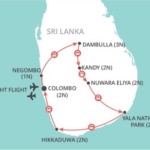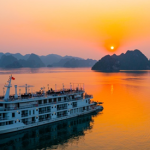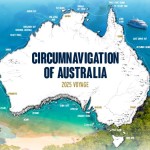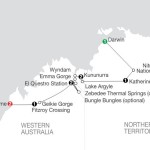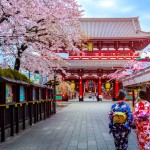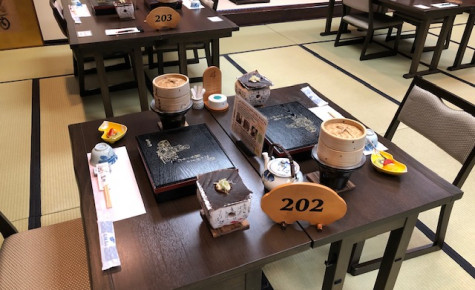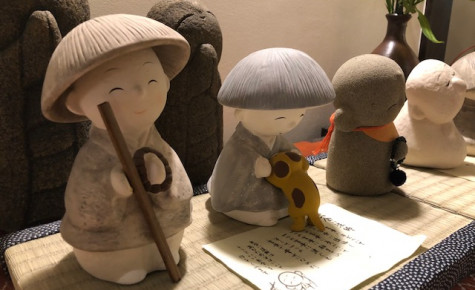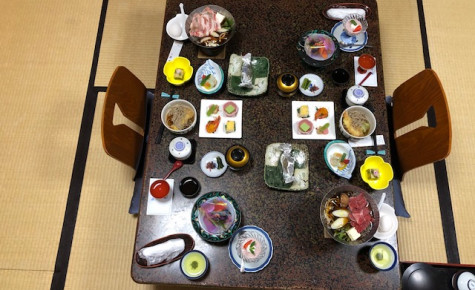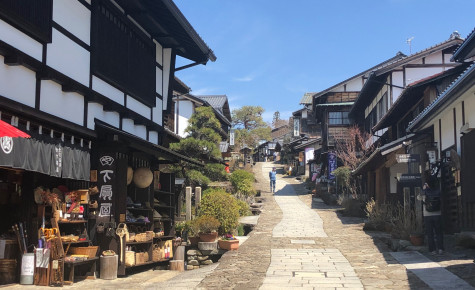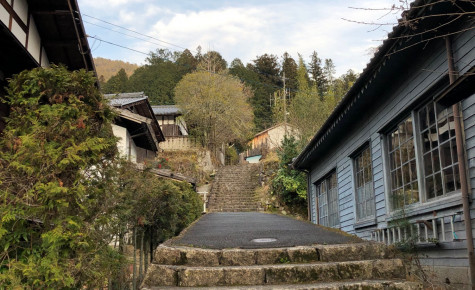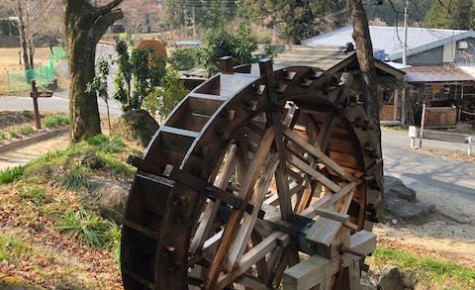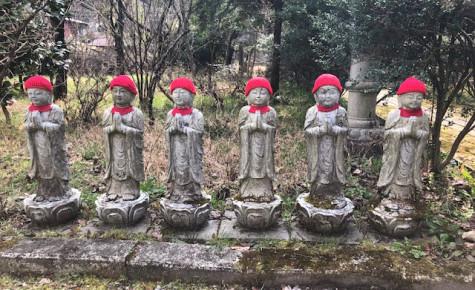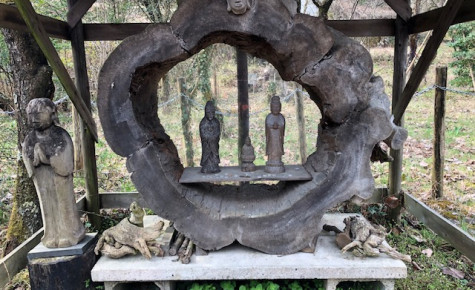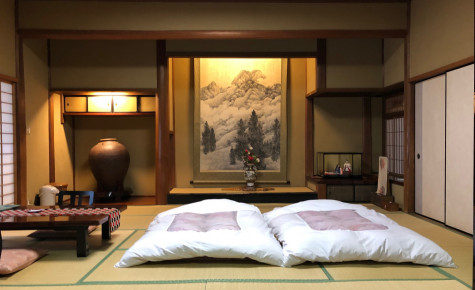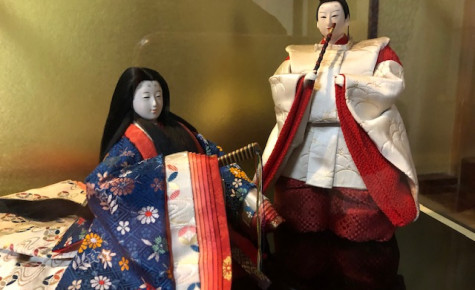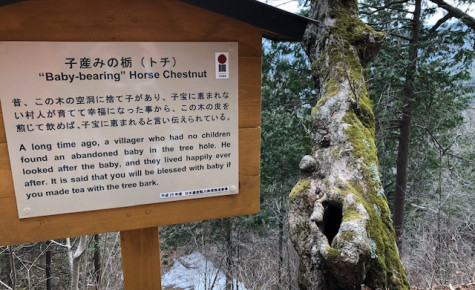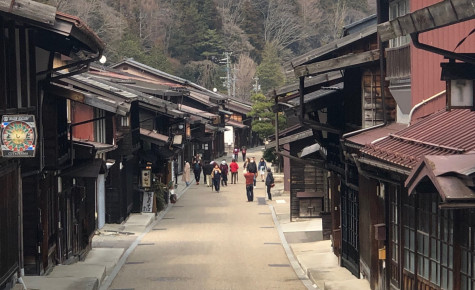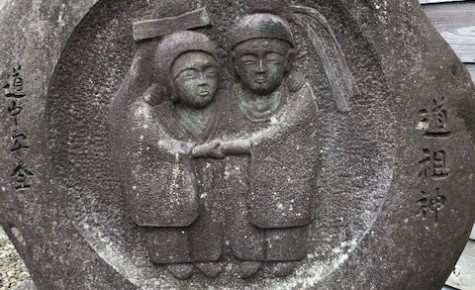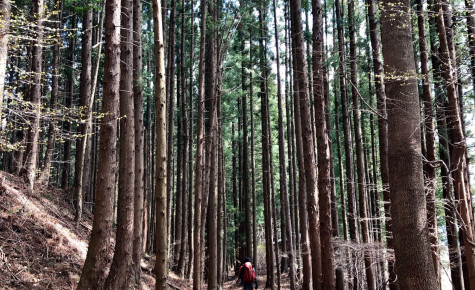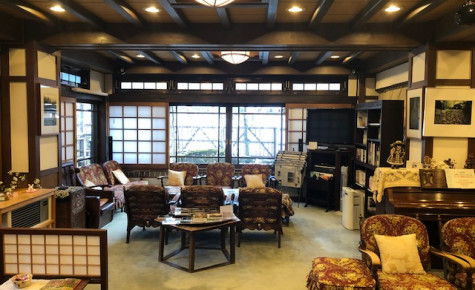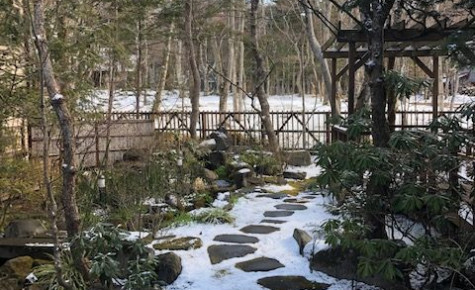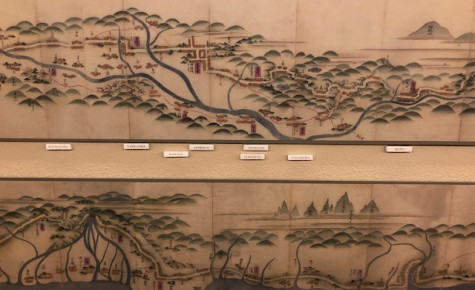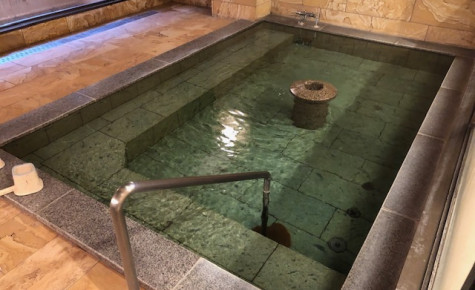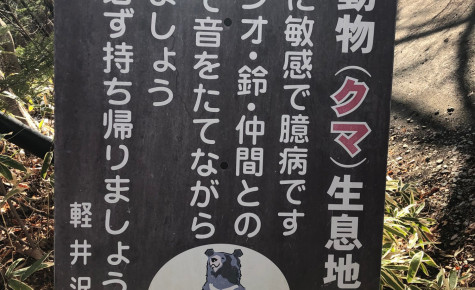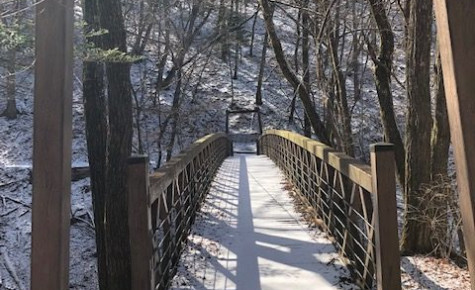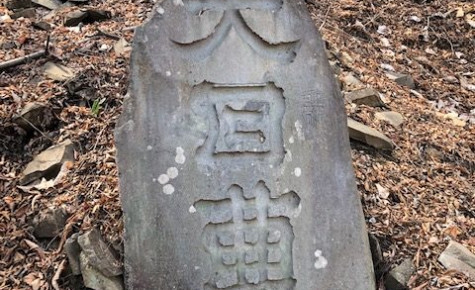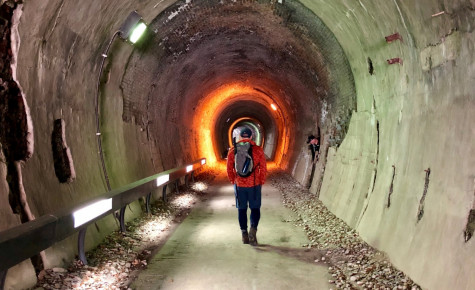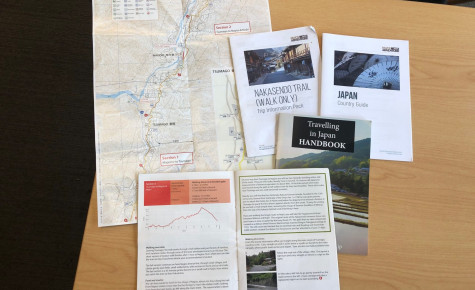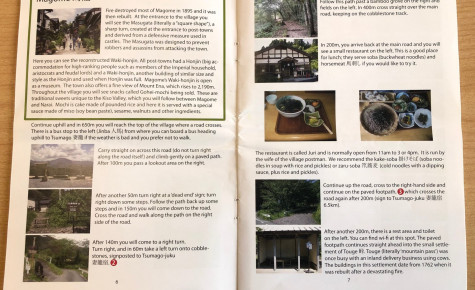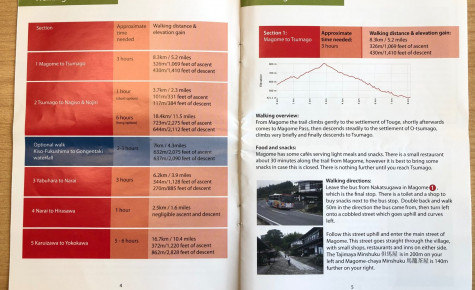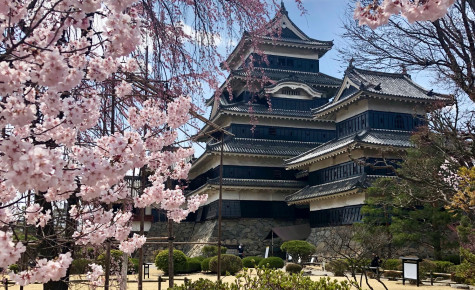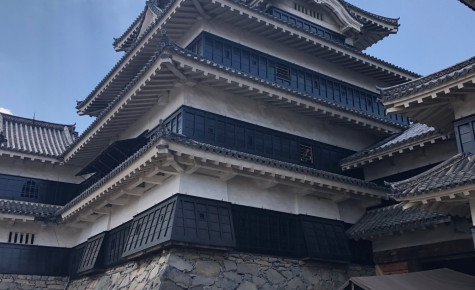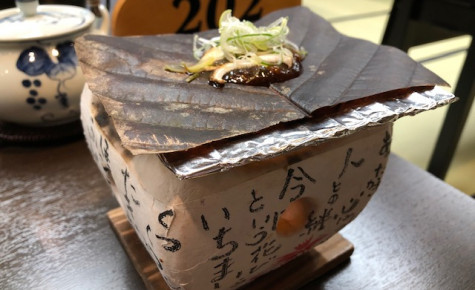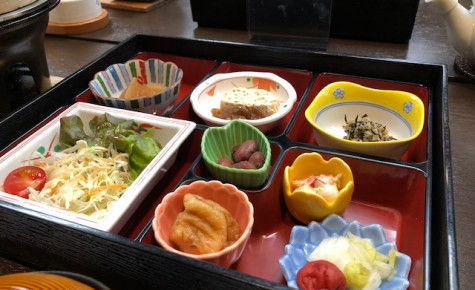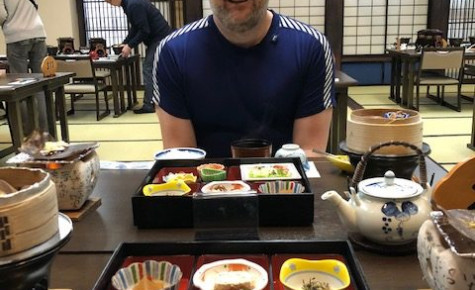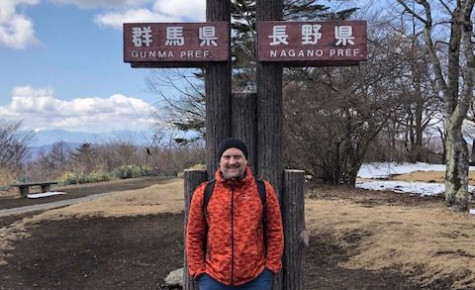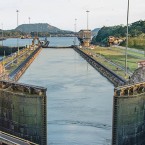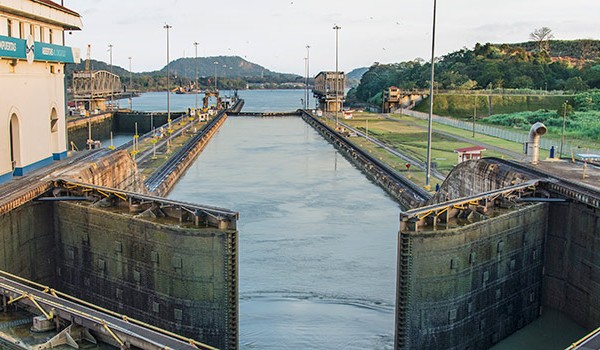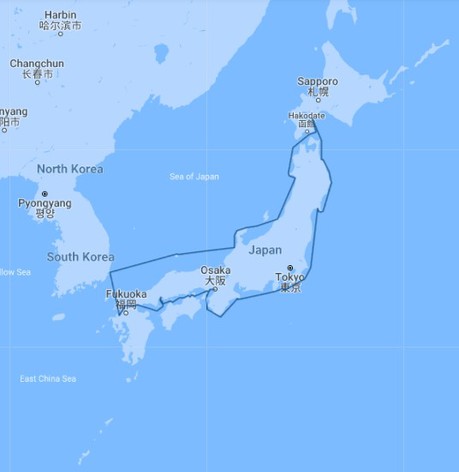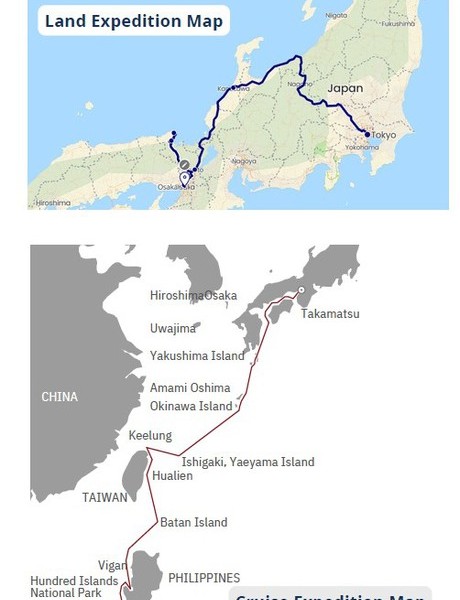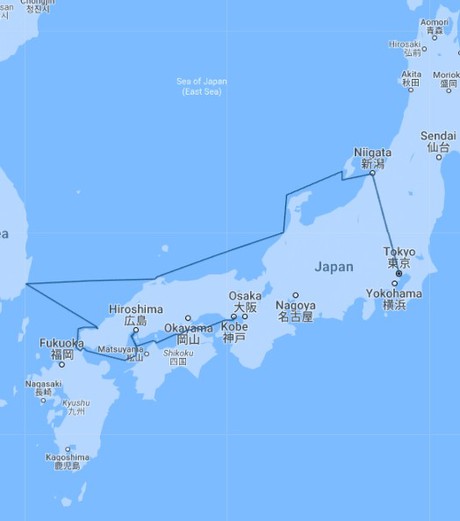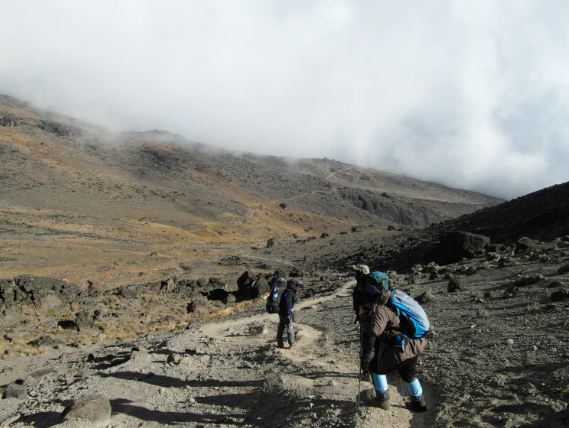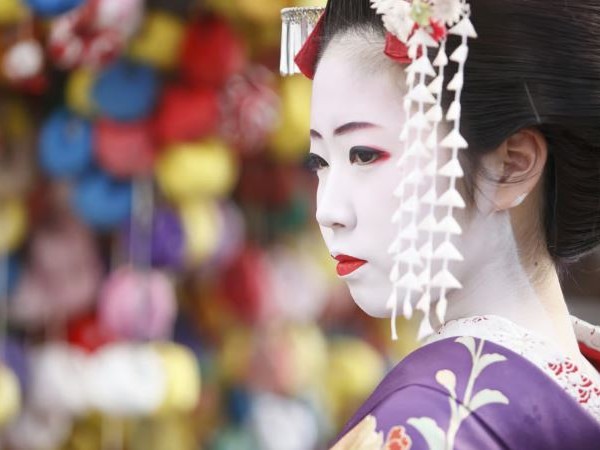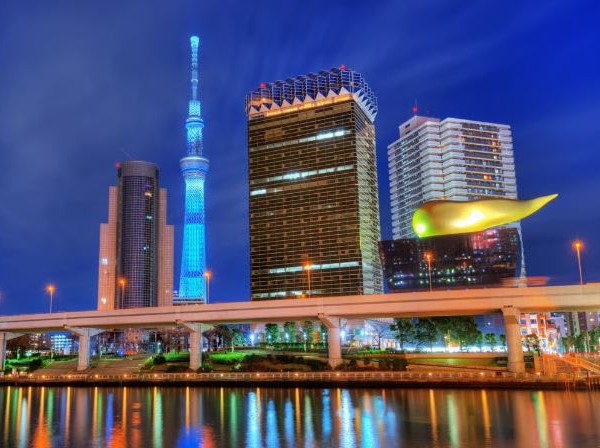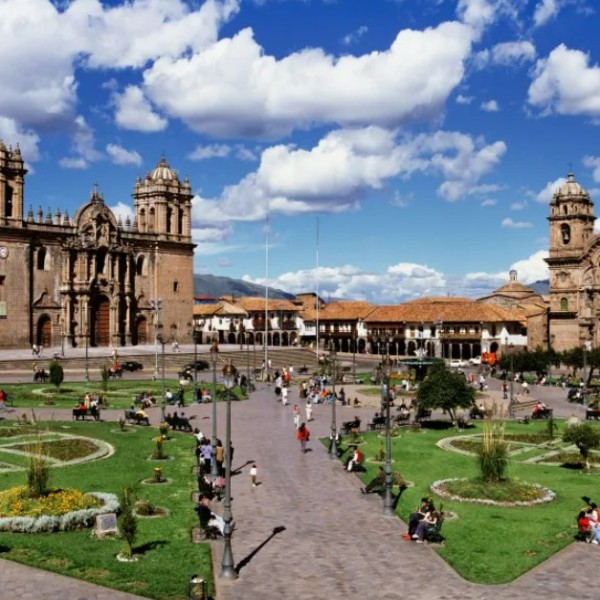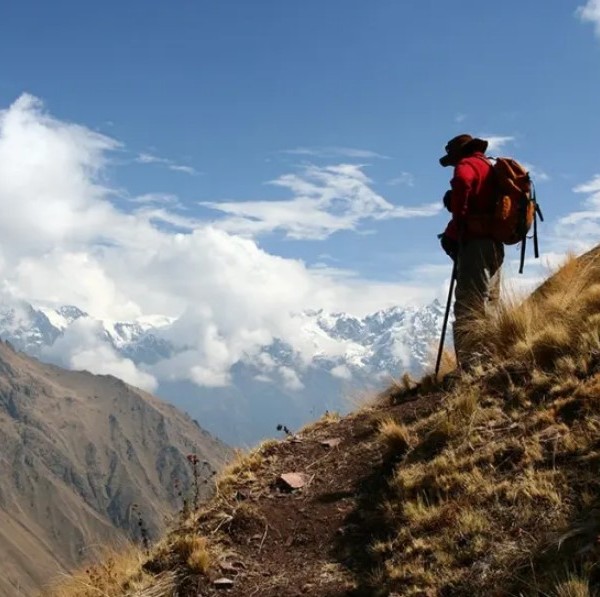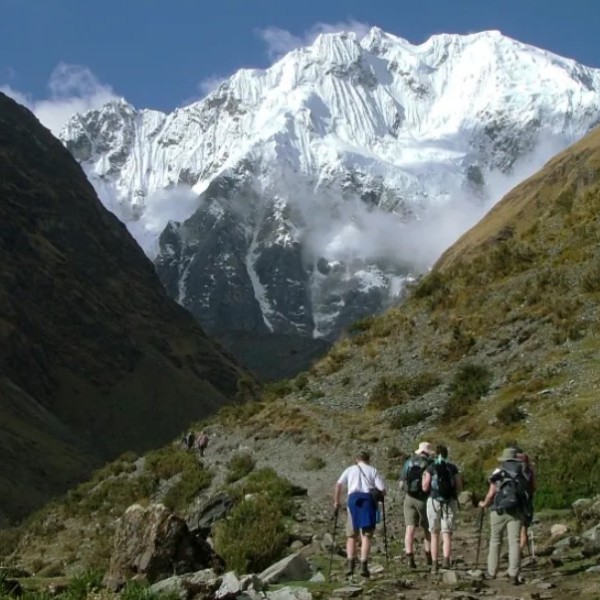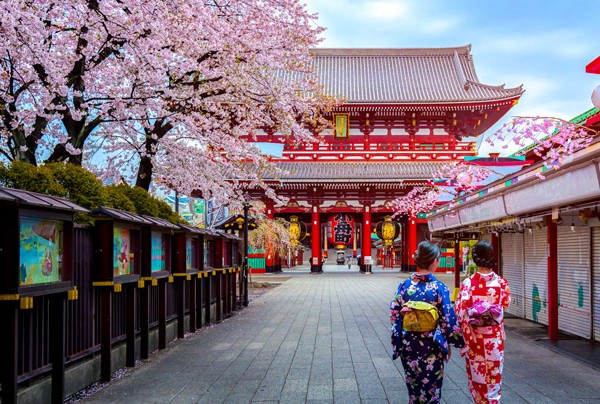Japan is very popular for Kiwi visitors; with the Rugby World Cup last year and the Olympics upcoming in 2020, the country’s profile has never been higher. So many visitors to Japan use the impressive Japan Rail network to hop at Shinkansen (bullet) speed from one big city to another but we now have clients looking for different ways to explore this fascinating destination
Travelling in cherry blossom season (April) popular cities like Kyoto and Tokyo cities can be especially busy; we wanted to see a different side to this amazing country, so opted for a self-guided Trail walk in central Honshu island. The Nakasendo or ‘Road through the Central Mountains’ is a long distance trail, part of feudal Japan’s network of highways linking the Imperial capital Kyoto with the political capital Edo (present day Tokyo) during the Edo period from 1603-1868. It was one of 5 major routes established by the shogunate to connect Edo with the rest of the country, and there were 69 post-towns on the trail with a total distance of 533km. Travellers moving between Kyoto and Tokyo took several days to travel the Nakasendo, staying overnight in Juku post towns.
The best time to do this is from April to the end of May and from September to November. During the summer (June-August) it can be quite hot and humid.
We chose the 5 day version of this walk (there’s also a 3, 4 or 6 day version) and walked the loveliest sections of the original route by day and stayed in local inns (ryokan and minshuku) by night. The simpler minshuku are hosted by local families, and are a very authentic traditional and ‘local’ experience with smaller rooms and shared bathrooms. The ryokans are a grander experience, the rooms are more spacious, usually ensuite and sometimes with their own onsen (thermal bath). In both cases you sleep on comfortable futon mattresses.
Very little English is spoken in this region, so we used to a fair bit of sign language, nodding and of course (this being Japan) bowing by way of communicating with our hosts. Learning a few basic Japanese phrases also goes a long way; the locals certainly enjoyed our best efforts at pronunciation! Each morning and evening our hosts prepared a delicious bento style meal from locally sourced ingredients, served with green tea. As we passed through small towns, we were directed by the trail notes to local supermarkets to buy snacks for our lunches – these small towns often have vending machines selling both hot and iced coffee and even beer!); and on the first day to a local restaurant on the trail to enjoy delicious ramen.
Our walk was in the picturesque Kiso Valley and Karuizawa and visited the exquisitely-preserved villages of Magome, Tsumago and Narai. The days varied from just 1 hour to 6 hours of walking per day, and we covered 53kms in total. I’d recommend taking your time and not rushing. The grade is undulating with only one steep downhill section on the final day from Kuruizawa to Yokokawa. For this reason it’s best to walk the Nakasendo from West to East, starting in Kyoto and finishing in Tokyo. We took time out from the walk to visit Matsumoto castle, one of Japan’s best historic castles.
Pre-paid train tickets (with seat reservations where applicable) are provided to link the different sections of the trail – your day may start or finish with a regional train to the next stage, and are delivered to your hotel in Kyoto to collect before you start the walk. You are also provided with incredibly detailed step by step and turn by turn instructions (with photos!) for the walk; although this is almost redundant as the trail is well signposted in most places.
You need very little luggage on the trail as robes and slippers are provided to wear in each inn, and there’s very little to ‘do’ in each post town after dark, so you can get by taking just a decent sized (25 litre) day pack with spare clothes for the entire trail and having your main luggage transferred by the amazingly efficient ‘takkyubin’ service from Kyoto to Tokyo. We stepped off our train at Tokyo station, went down one escalator flight and handed over our luggage receipt to the attendant at the baggage storage area – the whole process to be reunited with our bags took under 5 minutes!
Magical moments happened. We were presented with sweets by a very old Japanese gentleman in Narai. We had a spectacular meal at our ryokan in Karuizawa which included ‘fugu’ – the famous blow fish delicacy. Our ryokan in Kiso-Fukushima was stunning – we didn’t want to leave! It snowed on our last night and we walked through a forest with bear prints visible in the fresh snow. We walked with a little bell tinkling away attached to our day pack to avoid running into any of the moon bears as we walked and rang the ‘bear bells’ religiously as we entered sections of forest they are known to frequent.
Over the 5 days, we saw very few other tourists and felt a million miles away from the hustle and bustle of Japan’s big cities. At the end, it was quite a shock to arrive in Tokyo Station after our 5 days in rural idyll. The Nakasendo was a fabulous experience and I’d highly recommend it to anyone who’s reasonably fit and would enjoy a rural insight into Japan’s fascinating history and culture.
Priced from NZD$2285 per person, twin-share. Read the day-by-day itinerary here
What′s included
4 nights at Japanese inns along the Nakasendo Trail
4 breakfasts and 4 dinners
Train tickets from Kyoto or Tokyo to the trail and from the trail to Tokyo
Train tickets for intermediate journeys on the Nakasendo Trail
Detailed day-by-day itinerary and walking directions
Topographical maps
Local support by telephone
Our Preparing for your trip and Travelling in Japan Guidebooks
What′s not included
We paid locally for drinks with meals and for lunches
We paid locally for a short bus journey to Magome on Day 1
Single room supplement(s) if required
Daily Luggage Transfer
